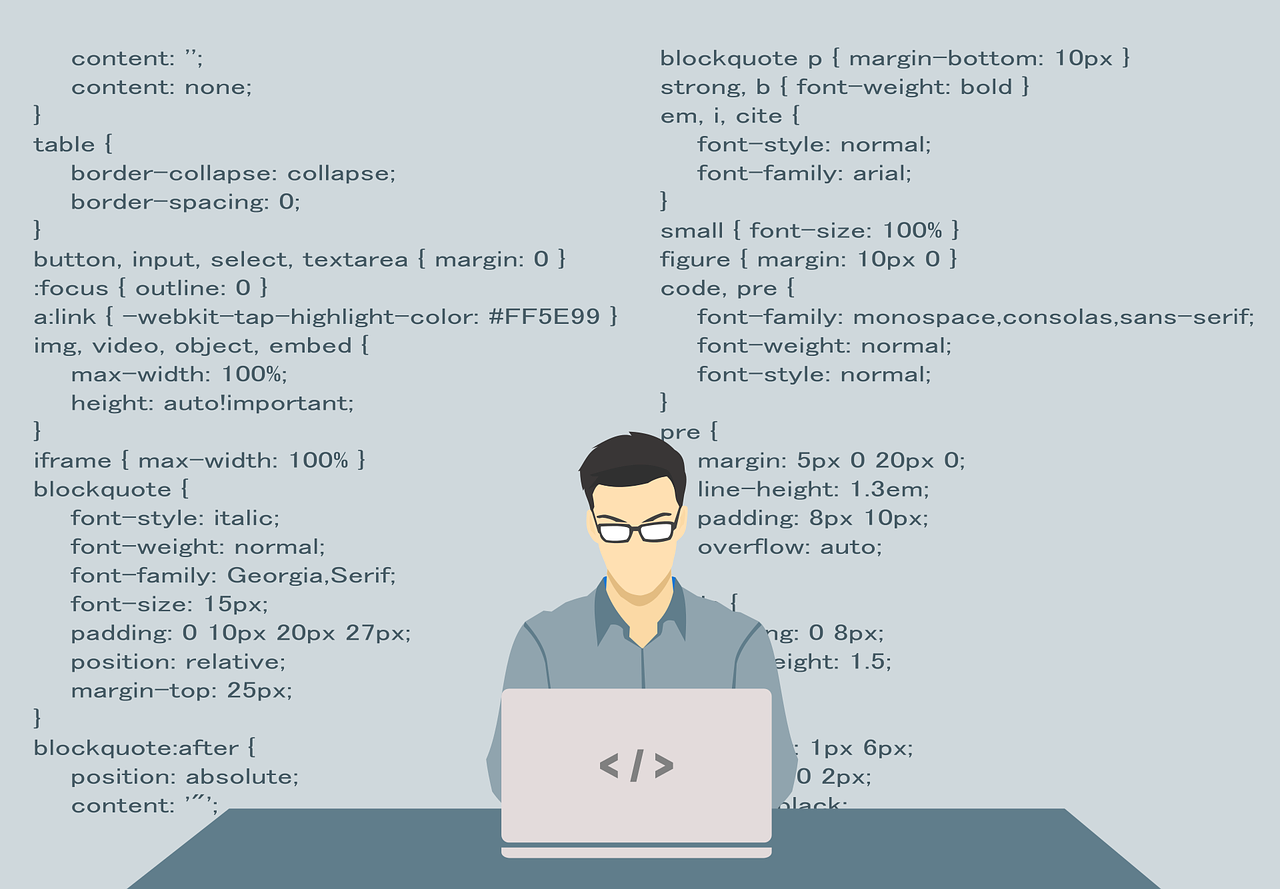The Evolution and Impact of Programming Languages !: A Deep Dive
Programming languages are the backbone of modern technology, enabling humans to communicate with computers and instruct them to perform a wide variety of tasks. The evolution of programming languages reflects advancements in computer science and the growing complexity of software development. This essay explores the history, classification, and significance of programming languages in contemporary society.

Historical Context
The journey of programming languages began in the mid-20th century. The first programming language, assembly language, emerged alongside early computers, allowing programmers to write instructions using mnemonics rather than binary code. However, assembly language was cumbersome and machine-dependent, prompting the development of higher-level languages. In the 1950s, languages like FORTRAN and COBOL were introduced, making programming more accessible and efficient. FORTRAN (Formula Translation) was designed for scientific and engineering calculations, while COBOL (Common Business-Oriented Language) catered to business applications. These languages abstracted the hardware complexities, enabling programmers to focus on problem-solving rather than machine specifics.
Classification of Programming Languages
Programming languages can be classified into several categories: Low-Level vs. High-Level Languages: Low-level languages, such as assembly language, provide little abstraction from a computer's hardware, allowing precise control over system resources. High-level languages, such as Python and Java, offer more abstraction, making them easier to learn and use for complex applications. Procedural vs. Object-Oriented Languages: Procedural languages, like C, emphasize a sequence of actions or procedures. Object-oriented languages, such as Java and C++, focus on objects that combine data and behavior, facilitating code reusability and modularity. Functional Languages: Languages like Haskell and Lisp emphasize the application of functions and avoid changing state and mutable data, promoting a different approach to programming that can lead to more predictable and maintainable code. Scripting Languages: These languages, such as JavaScript and Ruby, are often used for automating tasks and building web applications. They are typically interpreted rather than compiled, allowing for rapid development and testing.
The Role of Programming Languages in Society
Programming languages play a crucial role in various domains, from web development and mobile applications to data science and artificial intelligence. Their design influences how easily developers can create software and the efficiency of the resulting applications. For instance, Python's simplicity and readability have made it a favorite among data scientists and machine learning practitioners. In contrast, C++ is often preferred for systems programming due to its performance and control over system resources. Moreover, the rise of open-source programming languages and frameworks has democratized software development, allowing a global community of developers to collaborate, innovate, and share knowledge. This has accelerated technological advancement and led to the emergence of new paradigms, such as Agile development and DevOps.
Conclusion
Programming languages are essential tools that shape how we interact with technology. Their evolution reflects the ongoing quest for efficiency, simplicity, and adaptability in software development. As we look to the future, the continued advancement of programming languages will play a pivotal role in driving innovation across industries, ultimately transforming the way we live and work. Understanding the significance and impact of these languages is crucial for anyone engaged in the technological landscape, whether as a developer, researcher, or enthusiast.